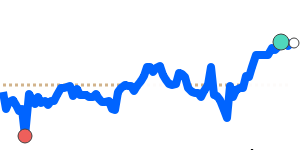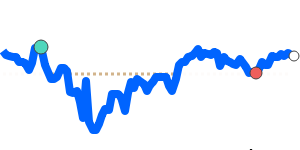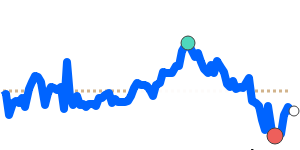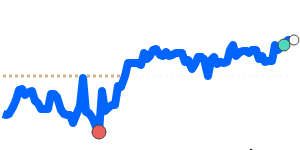The Mexican Peso (MXN) is projected to remain within a stable trading range against the U.S. dollar in 2026, with analysts suggesting it will hover between 16.00 and 22.00 MXN per dollar. This range has been consistent since July 2015, reflecting long-term stability in the currency.
UBS has released an optimistic forecast for the MXN, expecting a gradual strengthening, influenced by expected easing policies from the U.S. Federal Reserve. Their projections indicate that by the end of the first quarter of 2026, the exchange rate could reach around 18.4 MXN per dollar, with minimal fluctuations anticipated throughout the year, closing at approximately 18.2 by the fourth quarter.
Similarly, Monex projects the MXN will close 2025 at 18.15 per dollar and trade around 19.00 MXN per dollar by the end of 2026. This expectation is bolstered by anticipated stability in benchmark interest rates from Banxico, Mexico’s central bank, and signs of economic recovery.
However, risks to this outlook remain. Analysts point to potential challenges stemming from slower economic activity, a possible decline in remittances, and differences in monetary policy direction between Banxico and the Federal Reserve, all of which may influence the peso's performance in 2026.
Recent market data indicates that the MXN has traded relatively steadily against major currencies. Against the U.S. dollar, the MXN stands at 0.055626, which is 1.6% above its three-month average of 0.054773. The trading range has remained stable, moving within a 4.5% band from 0.053496 to 0.055898. against the Euro, the MXN is at 0.047716, also 1.4% above its average, maintaining a narrow 3.2% range.
against the British pound, it reached 0.041402, slightly up from its average, with a stable range of 3.7%. Finally, the MXN has increased against the Japanese yen, trading at 8.7280, 2.9% above its three-month average of 8.4835, within a 7.8% range.
Overall, these insights suggest a future of relative stability for the Mexican Peso, influenced by both local and foreign economic factors. Traders and businesses should monitor these developments closely to make informed decisions in the currency market.





